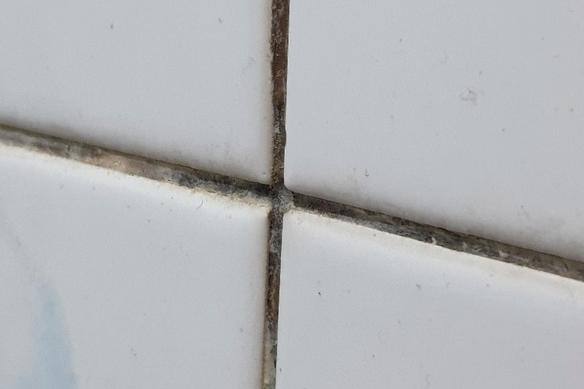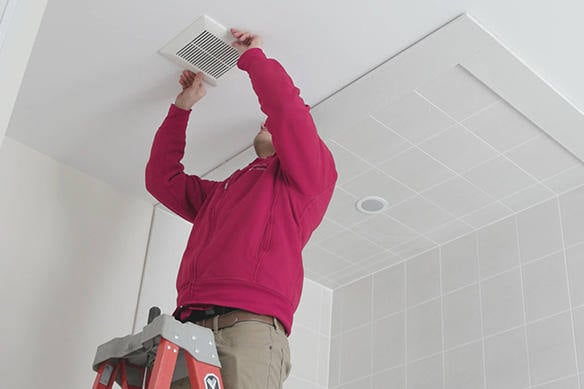
Bathroom Ventilation
What’s lurking in your bathroom?
Water is perhaps the most damage-causing element on earth, and bathroom moisture is no different.
A guide for homeowners
Between its many sources of running water, your bathroom is likely to be among the biggest source of moisture in your home. Let's review the reasons for having bathroom ventilation as well as some of the key purchasing considerations.
Why do you need ventilation in a bathroom?

Is it necessary to have an exhaust fan in a bathroom?

Do bathroom vents need to vent outside?
.jpg?width=584&height=389&name=IndoorAirQuality-Main%20(1).jpg)
What are the options for bathroom exhaust fans?

What is a good CFM for a vent fan?

Wall mount or ceiling mount?
Improve your bathroom's ventilation
Excess moisture can ruin expensive fixtures and cabinetry by encouraging rust and surface buckling, while providing a breeding ground for mold. Don’t discount discoloration on walls. Many homeowners dismiss odd colouring, wrinkling or softness on walls. Pay attention to excess moisture before it causes damage.
Ventilating your bathroom with the proper ventilation fan will exhaust excess moisture and keep it drier. Even better, models with built-in condensation sensors will automatically turn the fan on when humidity is detected. And if your current fan is old, noisy and ineffective, installing a new fan is much less costly than restoring a damaged bathroom.


